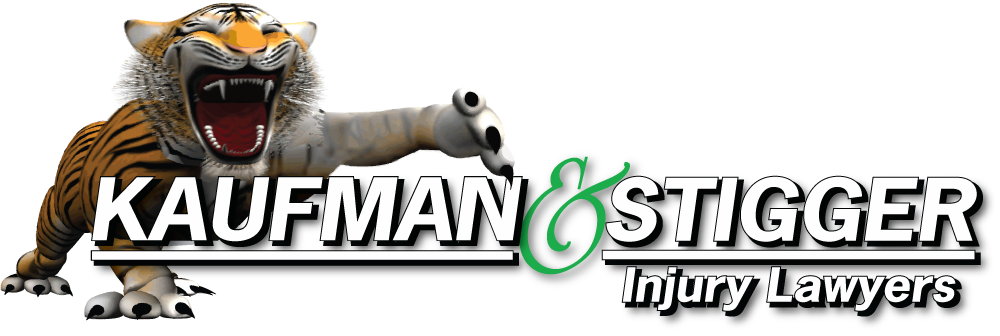An ambulance turned in front of a car killing both occupants of the car. The accident happened at 3 a.m., Saturday, February 2, and according to Louisville Metro Police at the scene, the ambulance was traveling east on E. Broadway and turned left to go on S. Hancock St. in front of another vehicle. The car traveling west on E. Broadway had a green light when the ambulance turned into its path.
Police also said that they believe that the ambulance was not operating in emergency mode, and was not transporting a patient in the ambulance at the time of the crash. Once of the occupants was pronounced dead at the scene, and the other died later at the hospital.
Ambulances and Crashes
Ambulances log a lot of miles as they are constantly on the road responding to calls 24 hours a day. It’s no surprise then that they are involved in collisions. According to the Federal Highway Administration, EMT vehicles have an accident fatality rate of 7 per 100,000 miles traveled while the average for passenger cars is 11.8. S
This translates to about 33 people a year die annually in EMT accidents. The research also indicates that around 60 percent of these happen while the EMS vehicle is transporting a patient, and around 12 to 16 patients die each year as a result of EMS crashes.
Causes of EMS Accidents
In a study by the National Center for Biotechnology Information, researches identified some of the common causes and factors present in EMS crashes, they are:
- Speed: While medical transports are allowed to go faster than the posted limits, they are also required to go a safe speed given the road and traffic conditions.
- Intersections: Over 60 percent of EMS accidents occur in intersections and of these, the majority happened when the EMS was going straight and a car turned in its path.
- Improper Training: Around 15 percent of collisions occur where the ambulance driver was inexperienced and under trained.
- Failure to yield to right-of-way: An emergency vehicle with its lights and sirens on has the right-of-way over other vehicles in traffic. Failure to observe this causes a significant amount of crashes each year.
Liability and EMS Crashes
In all accidents, the injured person must prove that the at-fault driver operated his or her vehicle in a negligent manner, and that the negligence was a cause of the crash and injuries. When this happens with an EMS vehicle, then liability will fall on the driver of the other vehicle or the EMS driver.
Other Driver Liability
If the accident was the non-EMS driver’s fault, then those injured will be compensated by the insurance company for that driver. If that driver is uninsured, then there are two possibilities, and one or both might bring compensation to the injured.
One is that the injured patient’s own automobile policy might pay some compensation under an uninsured/underinsure provision or a medpay provision. This is because the accident was caused by an automobile even though the insured wasn’t driving.
The other is that the insurance company for the EMS (if private) will pay for injuries to anyone involved in an accident regardless of fault. Not all policies have this provision.
EMS Driver Liability
If the EMS Driver is at fault, the injured person will be able to collect from the private insurance company for the EMS company. If the vehicle is owned by the county or city (in some cases state) then that entity can be sued if there was negligent. This is tricky as the driver of a government-owned EMS vehicle is exempt from a lawsuit, but the government entity can be sued.
EMS patient injury/wrongful death
What if the EMS is transporting a patient and is injured or killed in the EMS accident? This can get a bit complicated, so if it happens, you need to talk to an attorney who can help you sort out who will pay for your injuries. There is a good chance that there will be more than one entity paying compensation, and then if the patient was part of a previous accident, then the liability for that accident might come into play as a contributor to the injuries/deaths in the second accident.
Do I need an Attorney?
As you can see, accidents involving an EMS vehicle—whether private or government—can be tricky. Don’t try to go it alone, and not just any attorney will do. You need one that is well-versed in the laws of public and private liability and insurance as well as civil personal injury claims.
If you’ve been injured in an EMS accident—whether as a patient or a occupant/driver—you need to talk to an attorney who can advise you of your rights under the law. Do not take the insurance company’s word for anything as it’s their job to pay you as little as possible.
When you call Kaufman & Stigger, PLLC, at 800 937-8443, you will immediately speak to a member of the legal team and not a message machine. You can also Live Chat with an expert who can immediately began helping you with your claim.






